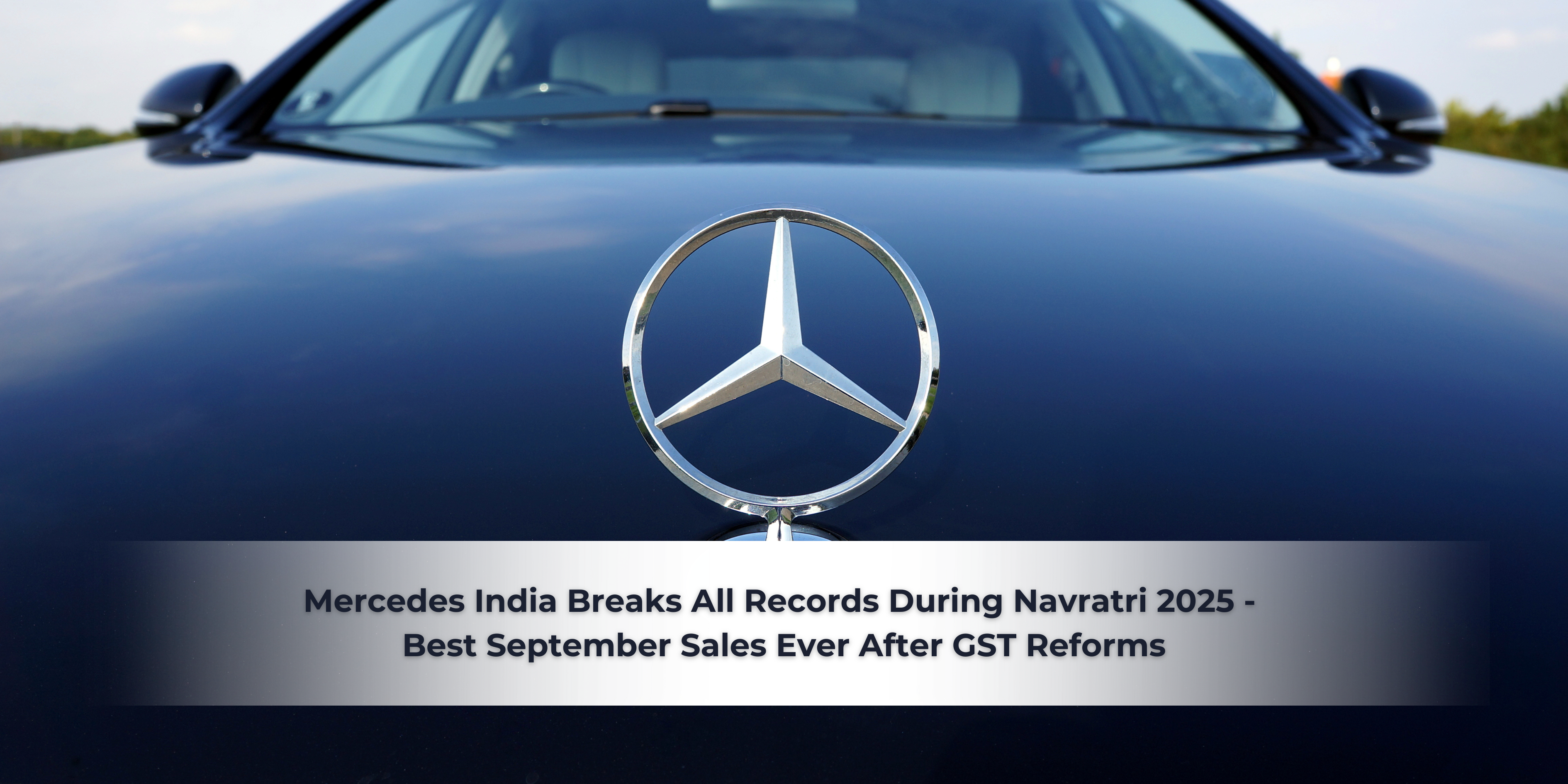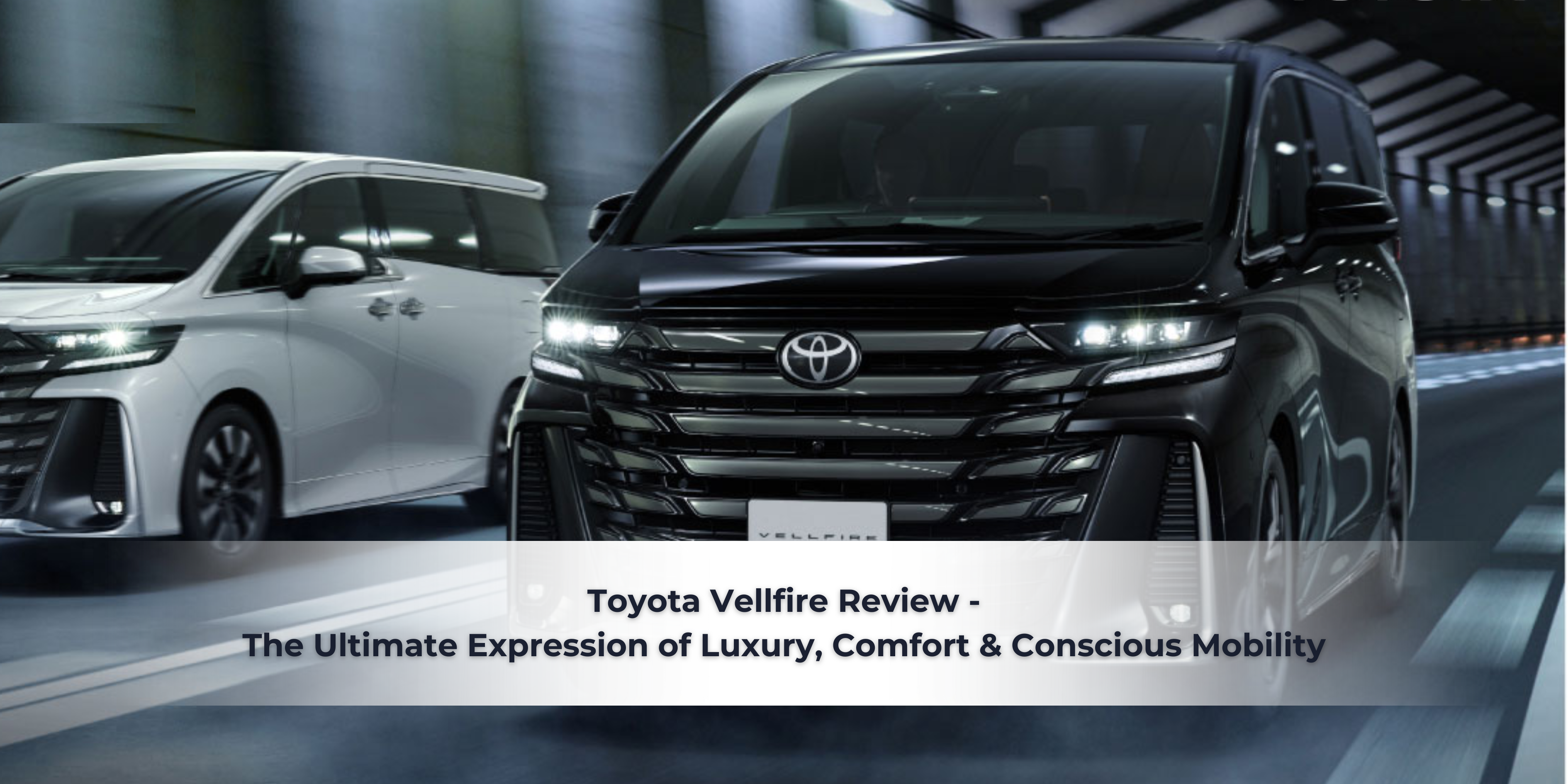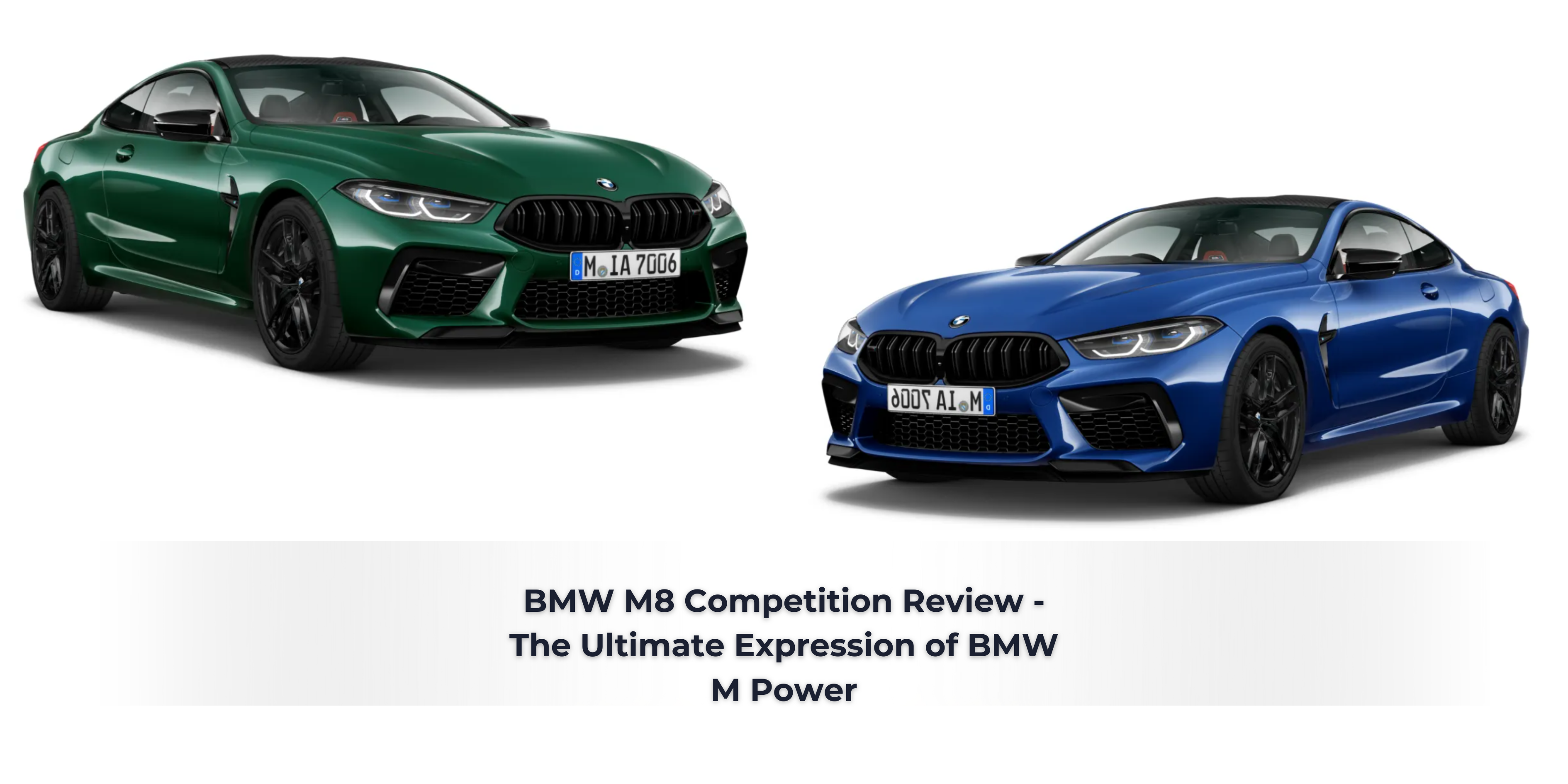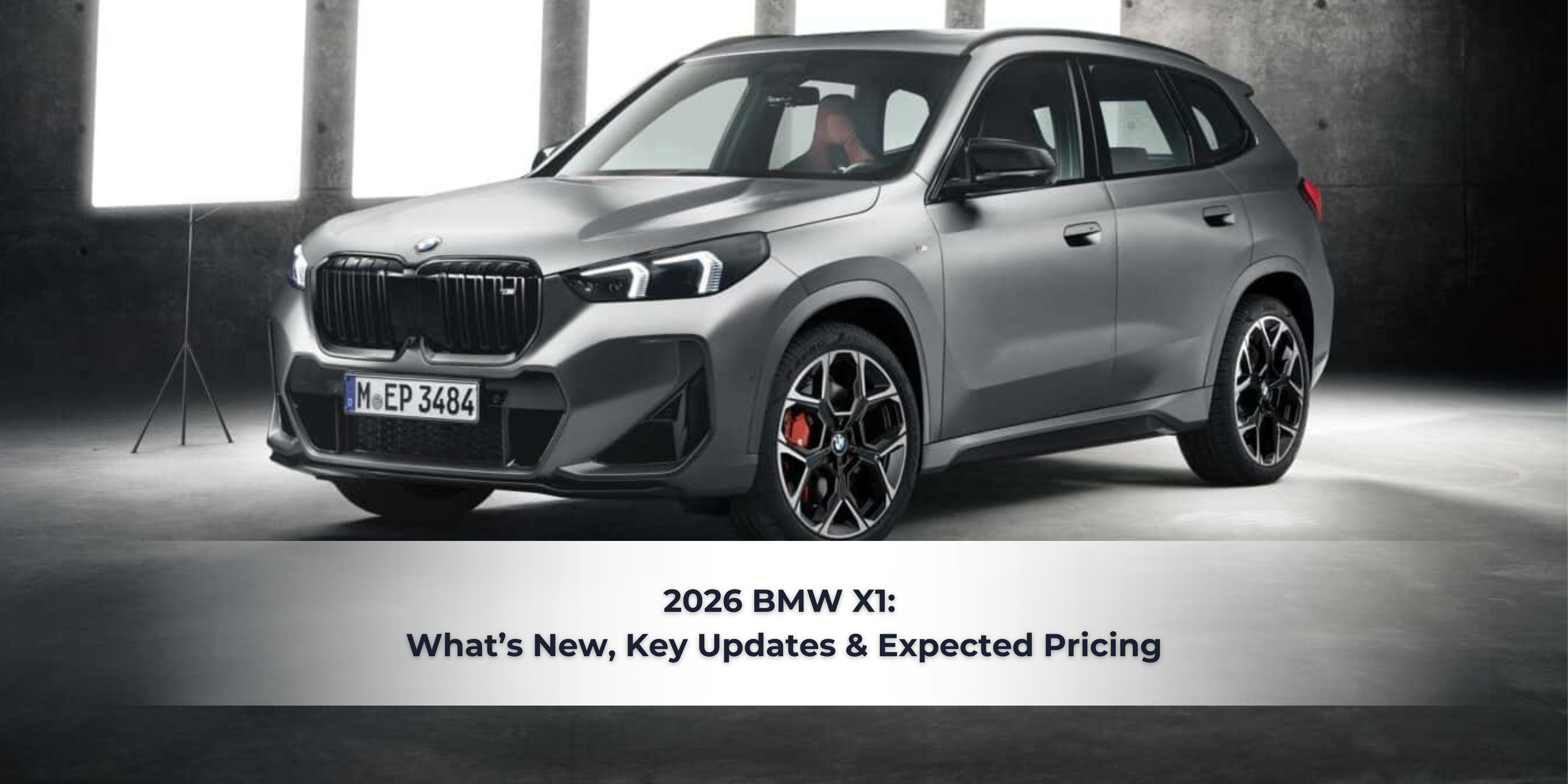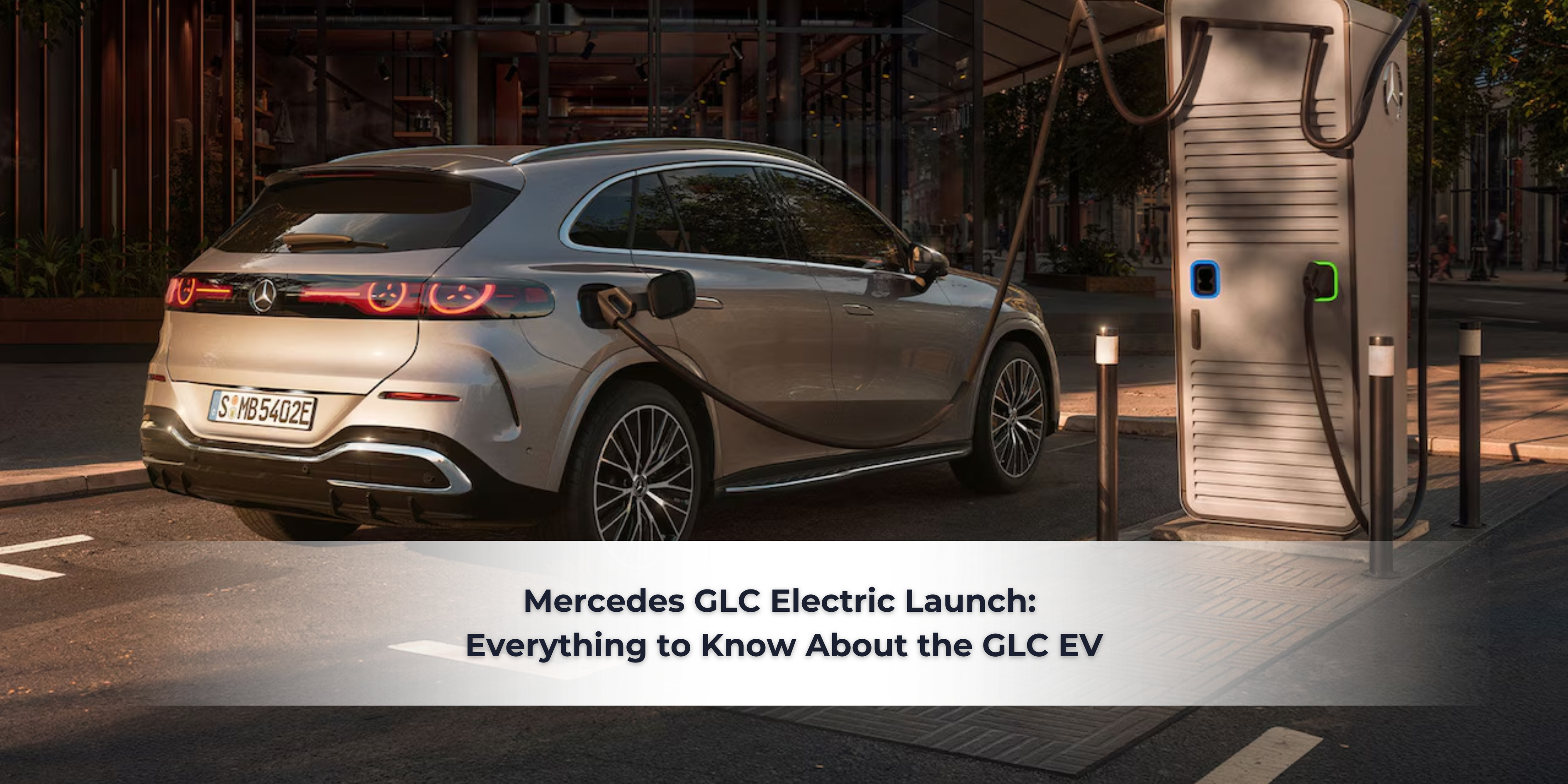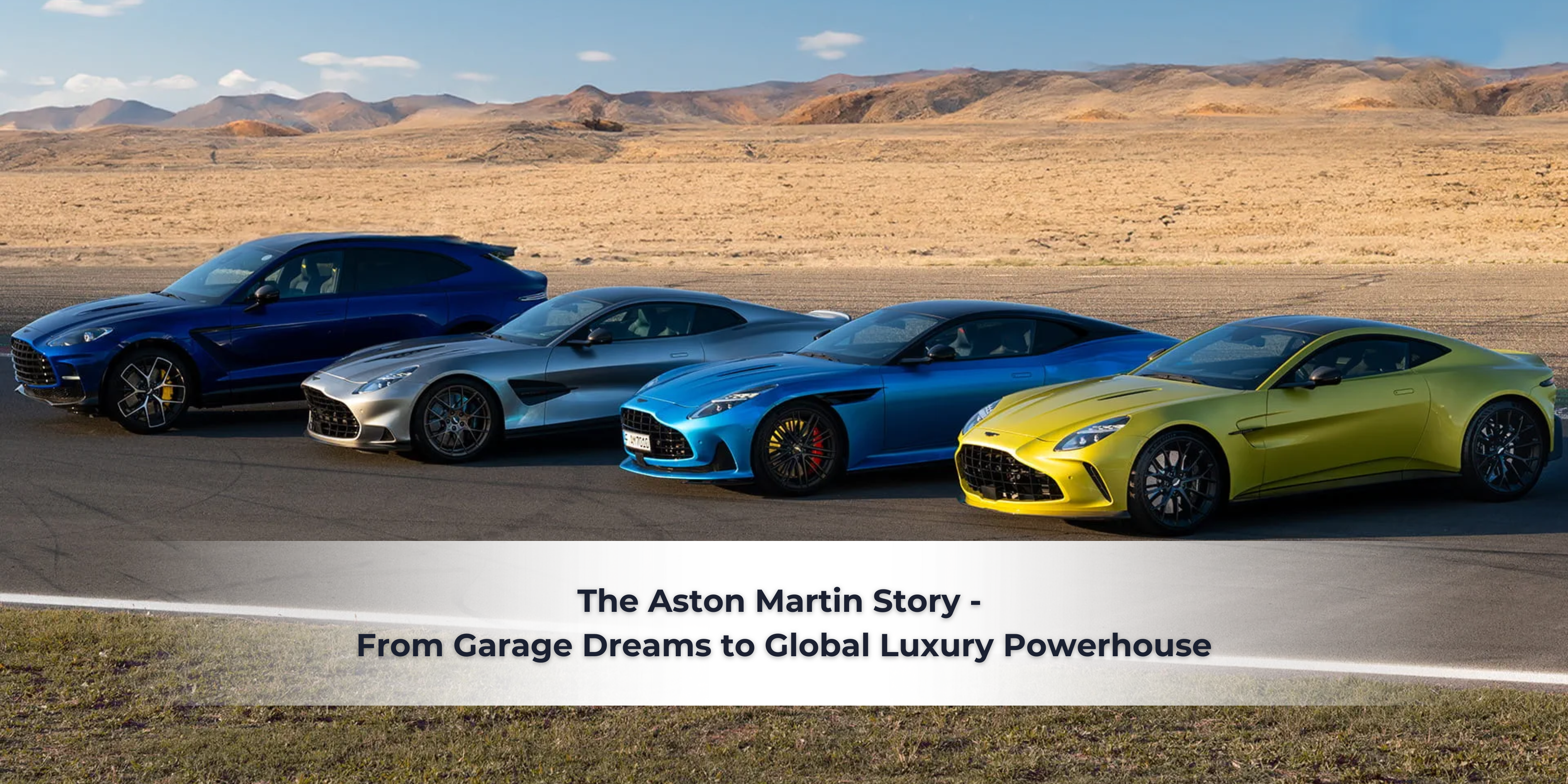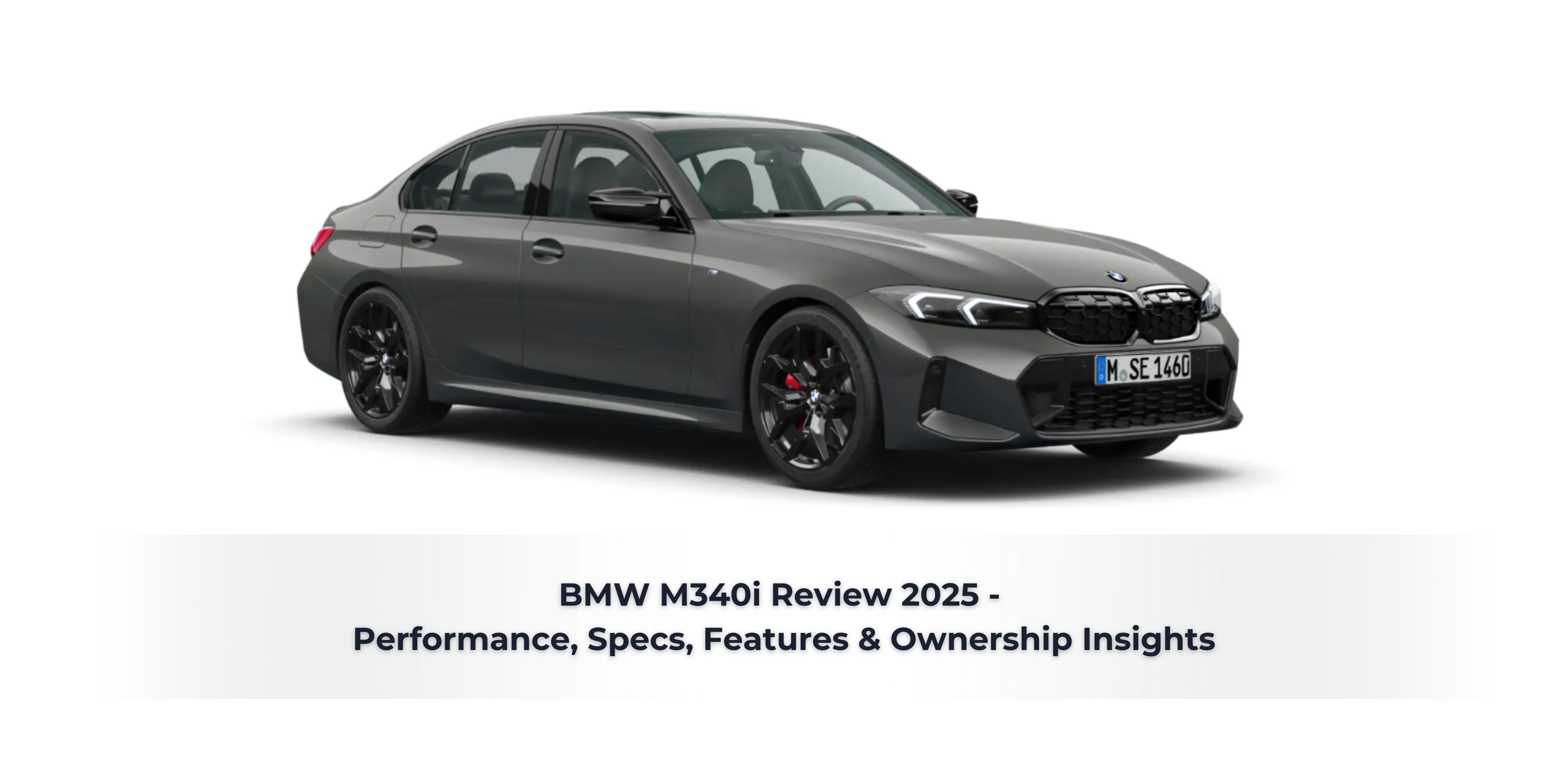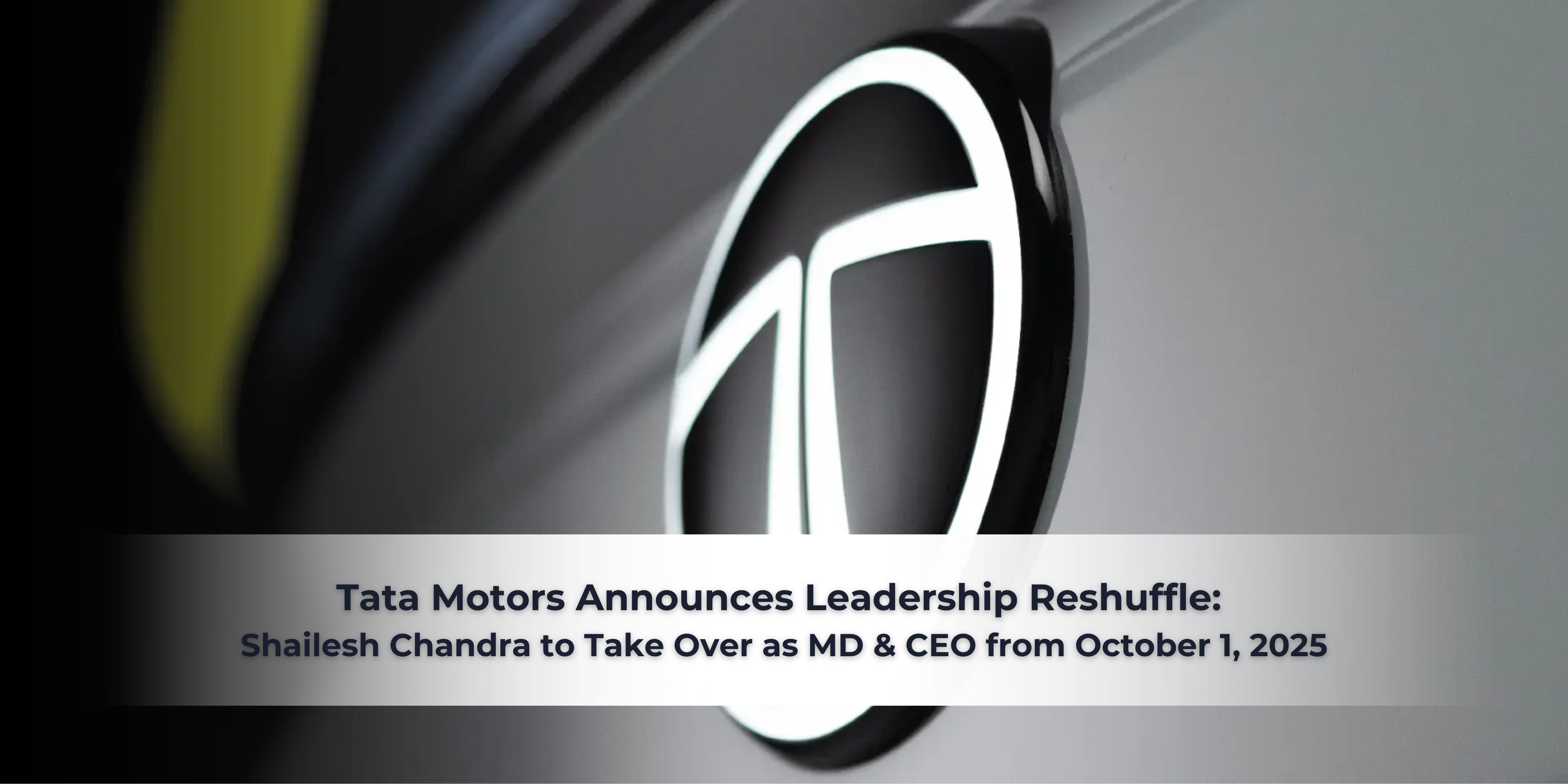Mercedes India Breaks All Records During Navratri 2025 – Best September Sales Ever After GST Reforms
In September 2025-coinciding with the Navratri festival-Mercedes-Benz India recorded its highest single-month sales ever, fueled in part by historic GST reforms. The company sold 2,657 units, a year-on-year jump of…

